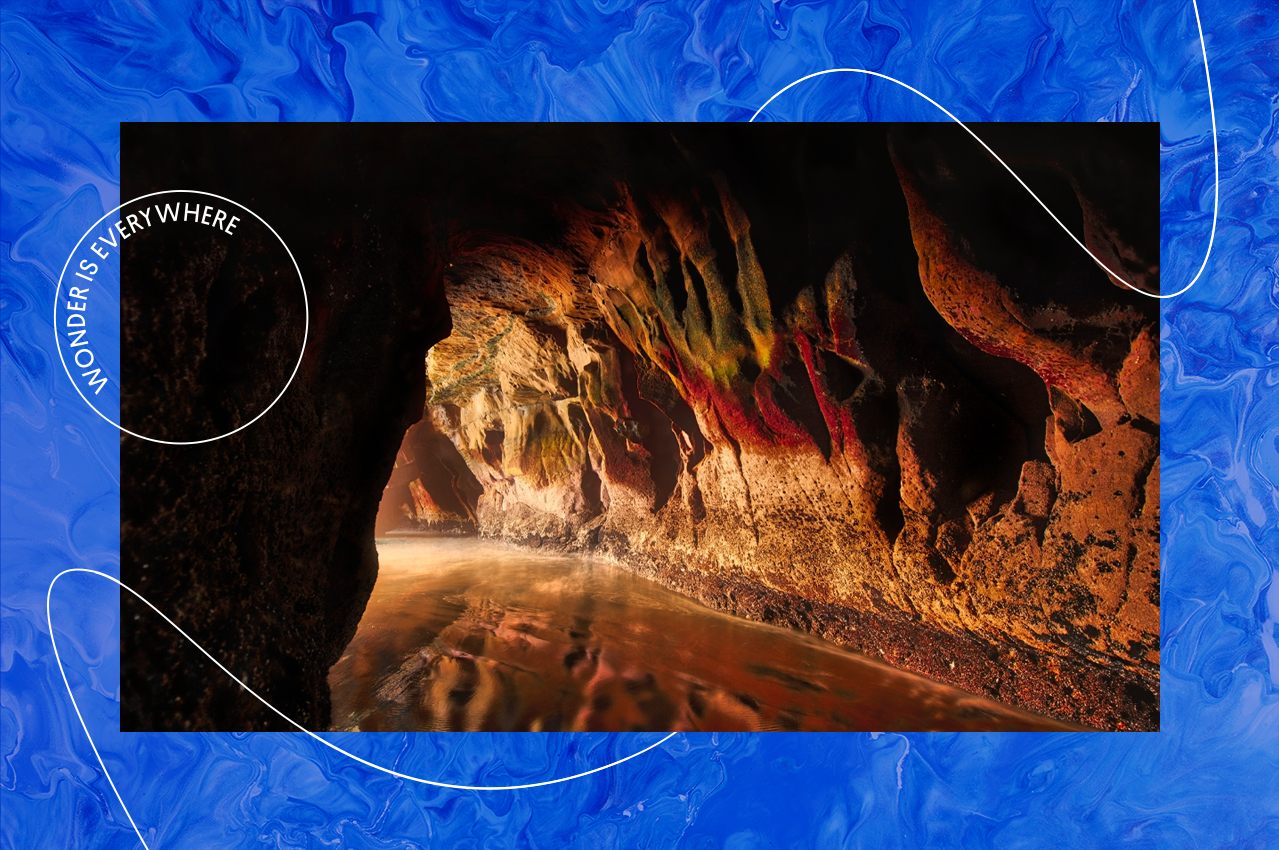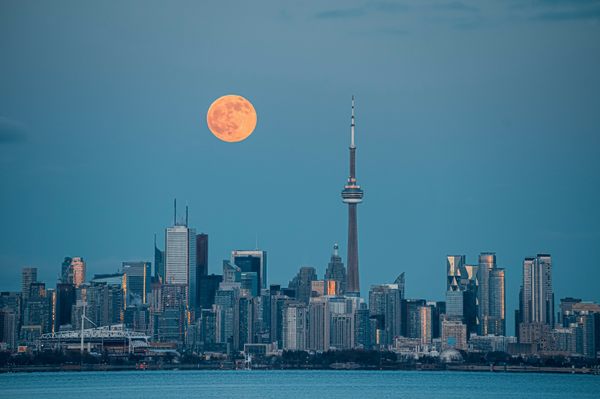Wonder Is Everywhere: ‘Titanic’ News, Lava Caves, and More From Around the Web
Get a peek into what we’re obsessed with right now.
Wonder is everywhere. That’s why, every other week, Atlas Obscura drags you down some of the rabbit holes we encounter as we search for our unusual stories. We highlight surprising finds, great writing, and inspiring stories from some of our favorite publications.

The New Zealand City with a Labyrinth of Underground Caves
by Charlotte Lytton, BBC
Nobody knows how many lava caves lie beneath Auckland, New Zealand’s largest city, which was built on an active lava field. Now the city is trying to map the caves, carved out by molten lava over the last 200,000 years. The caves have historical and cultural importance—and they are also a regular hazard in the construction projects that dot the city.
Accidentally Running for President in Iceland
by Anna Andersen, UX Collective
To run for president of Iceland, one needs to gather 1,500 endorsements. For the first time this year, those endorsements don’t have to be signatures on paper; they can be collected electronically at a government website. But a quirk of the website’s design has led at least 11 people to, inadvertently, register their intent to vie for the office. “That’s hilarious!” one would-be candidate said when a reporter told them they were in the running.
Saving Fiji’s Bats
by Monica Evans, BioGraphic
Not that long ago, bekabeka, or “small bats,” were a part of celebratory meals in Fiji. Now mops bregullae—Fijian free-tailed bats—are the focus of a dedicated conservation campaign and the nation’s first and only bat sanctuary. Ninety-five percent of the world’s Fijian free-tails live in the sanctuary, a winding network of underground caverns known as Nakanacagi Cave.

Is this the Iceberg that Sunk the Titanic?
By Verity Babbs, Artnet
Two days after the RMS Titanic collided with an iceberg in the north Atlantic, the C.S MacKay-Bennett arrived on the scene to aid in the recovery of bodies from the tragedy. On board was a team of embalmers, including John R. Snow, an undertaker from Nova Scotia, who took a photo of an iceberg at the wreck site, which some believe to be the iceberg that sank the Titanic.
Scrolls Reveal the Location of Plato’s Grave
by Tom Kington, Sunday Times
New scanning technology has unlocked secrets hidden in the scrolls of Herculaneum, which were thought to be destroyed by the eruption of Italy’s Mount Vesuvius in 79. The scrolls have given researchers new clues about the exact whereabouts of Plato’s grave in Athens.
Did this Blue Rock Thrush Fly Across the Pacific?
by Michael Russell, Oregonian
An amateur photographer who set out to capture a coastal Oregon waterfall at dawn also took a picture of an extremely rare bird—perhaps the first wild blue rock thrush spotted in North America. The bird, native to Europe and Asia, could have stowed away on a ship, or may have flown across the ocean, one expert suggested.

Lion Statue to Be Built in Okinawa with Burned Shuri Castle Tiles
by Japan Times
Over the centuries Japan’s Shuri Castle has survived wars and fires. The most recent blaze, in 2019, destroyed eight of its buildings, including the main hall. As the castle undergoes restoration, an artist is planning to repurpose its damaged tiles to create a 30-foot-tall, lion-shaped statue, or shiisā, to celebrate the concept of revival.
‘Fearless Girl’ Statue’s Fate Unsettled
by Christopher Kuo, New York Times
The statue of a defiant young girl that once faced down the “Charging Bull” of Wall Street may soon move again. Since 2018, the statue has stood across from the New York Stock Exchange, but the city permit for the famed artwork has now expired, leaving its future uncertain.







































Follow us on Twitter to get the latest on the world's hidden wonders.
Like us on Facebook to get the latest on the world's hidden wonders.
Follow us on Twitter Like us on Facebook